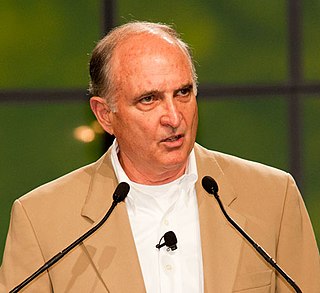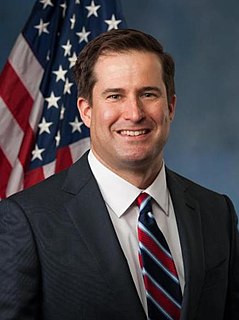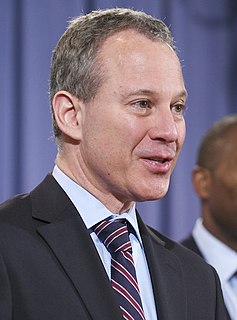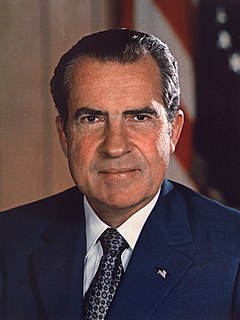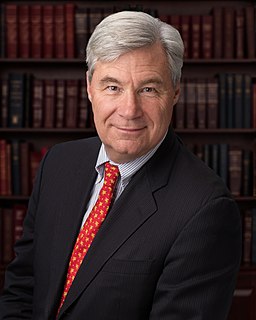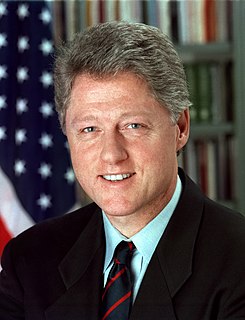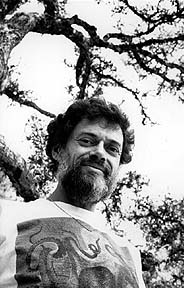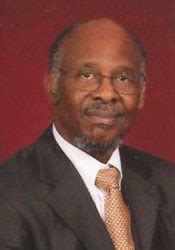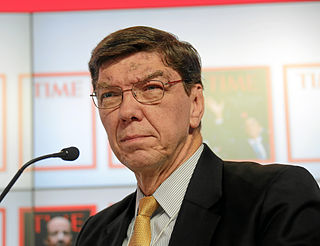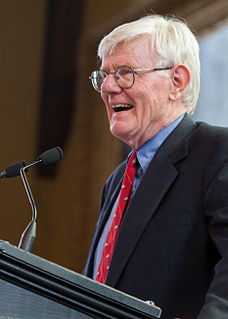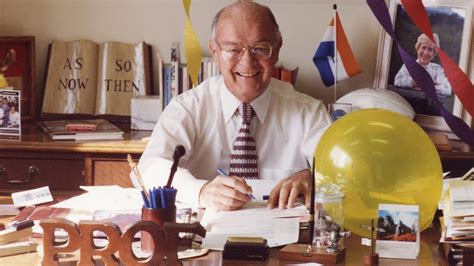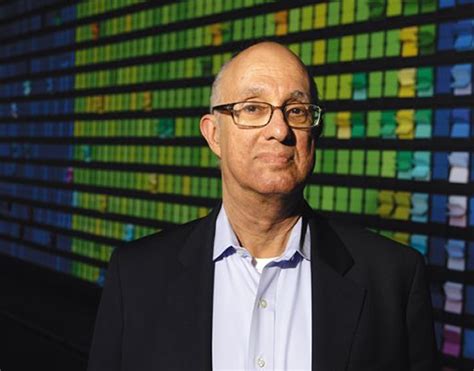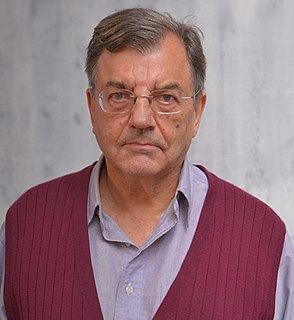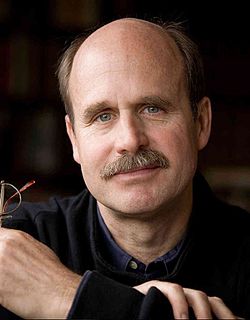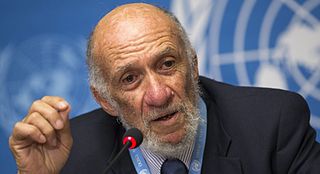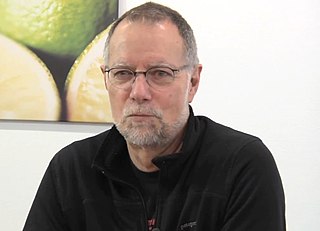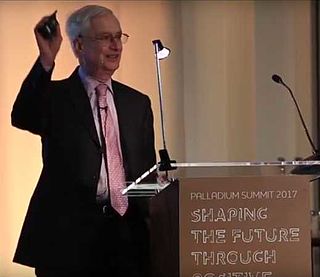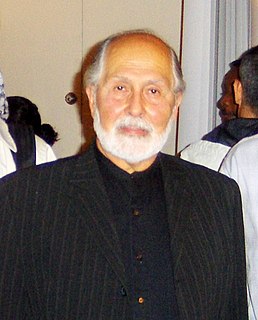A Quote by David W. Orr
... laws governing pollution tend to move pollutants from one medium to another. So, for example, we scrub SO2 from power plants only to dispose toxic sludge on land. We "clean" water only to disperse toxic-laced solids on farmland or landfills. Pollution control becomes a kind of giant shell game by which we move pollutants between air, water, groundwater, and land.
Related Quotes
Today, about 40 percent of America's carbon pollution comes from our power plants. There are no federal limits to the amount those plants can pump into the air. None. We limit the amount of toxic chemicals like mercury, and sulfur, and arsenic in our air and water, but power plants can dump as much carbon pollution into our atmosphere as they want. It's not smart, it's not right, it's not safe, and I determined it needs to stop.
We've sued out-of-state power plants that are polluting our air and led a coalition of attorneys general from Connecticut, Delaware, Maryland, and Massachusetts against efforts in the U.S. House of Representatives to remove critical environmental regulations that protect New York communities from toxic pollution.
There are fewer chemical pollutants in the air. Our drinking water is safer. Our food standards have been raised. We've cleaned up more toxic waste sites in three years than the previous administrations did in twelve. The environment is cleaner, and we have fought off the most vigorous assault on environmental protection since we began to protect the environment in 1970. We are moving in the right direction to the 21st century.
Time is a topological manifold. It is a surface. Events flow across it like water over land and like water flowing over land, when the land is flat, the water becomes reflective and moves slowly. When the landscape becomes disrupted, the water moves faster and chaotic attractors appear and new kinds of activity emerge and out of that new activity, there comes the new states that define the future.
